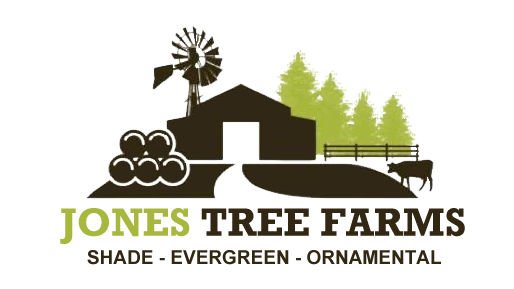Blog
-
Posted by Super User
With its perfect, pyramidal shape, the Norway spruce tree makes a fine live Christmas tree for the yard. It is rather stiffly formal in its youth, but older branches produce pendulous branchlets, giving it more charm as it ages. Its needles are dark green year-round. The cones, borne sporadically, are particularly large for a spruce. It can reach more than 100 feet in height, even under cultivation.
Grow in full sun in just about any soil, though moist, sandy, well-drained soil is preferred. The Norway spruce does best in cool climates. Give this tree plenty of space, because it will lose its lower branches-and much of its charm-if crowded or shaded at its base.
This tree makes a striking specimen plant or an excellent windbreak.
-
Posted by Super User
Native to the central United States, Kentucky coffee tree is a member of the pea family. Its name -- from the Greek, meaning "naked branches" -- refers to the fact that it loses most of its leaves in the early autumn. It is also one of the last trees to leaf out in the spring.
A tall, handsome, somewhat slow-growing tree, the Kentucky coffee tree can reach cultivated heights of 60 to 75 feet (taller in the wild). Its stout branches carry large, compound leaves with many leaflets. The bark is rough, scaly, and dark grayish brown. The reddish brown pealike pods of female trees hang on into the winter.
Kentucky coffee tree likes full sun and moist, fertile soil. It is a tough tree that can adapt to dry soils and city stress, and insects are not usually a serious problem.
Use a male for a street tree to avoid pod litter. The Kentucky coffee tree is too big for the small landscape but is a park or large garden candidate. It has a bold winter silhouette.
-
Posted by Super User
The ginkgo, or maidenhair tree, is an ancient oriental tree, of the single-species genus believed to be the oldest flowering plant in existence, though it is now apparently extinct in the wild. The ginkgo can grow from 40 to 80 feet tall. The ginkgo's foliage has the unusual habit of hugging spur branches instead of forming a broad crown. This results in branches that grow in every direction.
The exotic, parallel-veined green leaves are fan-shaped and often deeply notched at the center tip. They turn butter-yellow in autumn. Male and female flowers are on separate trees. Seeds, produced in late summer and fall, are plum-shaped with a fleshy outer coat that smells like rancid butter when decomposing. The seeds are considered gourmet fare in the Orient, where they are also used in herbal tonics.
This survivor is tough enough to tolerate differing pH levels, many soil types, moisture variations, and light exposures. The ginkgo needs little pruning and is virtually free of pests and diseases.
